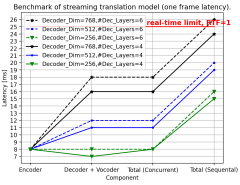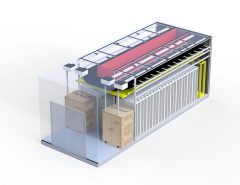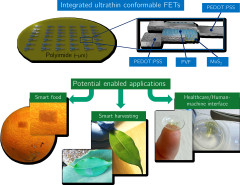Authors: Florentia Afentaki, Gurol Saglam, Argyris Kokkinis, Kostas Siozios, Georgios Zervakis, Mehdi B Tahoori
Published on: December 29, 2023
Impact Score: 8.3
Arxiv code: Arxiv:2312.17612
Summary
- What is new: First-time integration of Approximate Computing and Bespoke design in designing ultra-low power Multilayer Perceptron (MLP) classifiers for Printed Electronics.
- Why this is important: Printed Electronics, despite their advantages, struggle with complex circuit designs like machine learning classifiers due to large feature sizes.
- What the research proposes: An automated framework that employs Approximate Computing and Bespoke design to optimize all functions of MLP’s neurons for ultra-low power consumption.
- Results: Enabled battery-powered operation for complex MLP architectures, significantly outperforming current technologies in power efficiency.
Technical Details
Technological frameworks used: Approximate Computing and Bespoke design integrated automated framework
Models used: Multilayer Perceptron (MLP) classifiers
Data used: Various MLP sizes
Potential Impact
Ultra-low cost and flexible electronics markets, wearable tech, biomedical devices, and companies in the field of ubiquitous computing.
Want to implement this idea in a business?
We have generated a startup concept here: FlexiNeura.



Leave a Reply